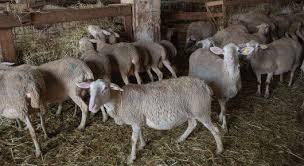Proper management of pregnant, parturient, and lactating ewes significantly impacts the success rate of lambing and rearing. The following steps outline the appropriate care required for these animals.
Management of Ewe
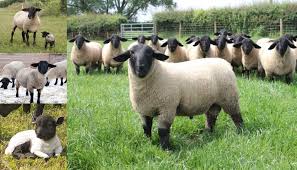
1. Avoid frequent handling of pregnant ewes.
2. Separate ewes in advanced pregnancy from the main flock and ensure proper feeding and management.
3. Provide additional feed during the last 3-4 weeks of pregnancy. This improves the condition of pre-parturient ewes and enhances milk production, lamb birth weight, and growth.
4. Inadequate or poor nutrition can lead to conditions such as pregnancy toxaemia, abortions, and premature or weak births.
5. Move lambing ewes to lambing pens 4-6 days before parturition, ensuring maximum comfort with clean and soft bedding where possible.
6. Monitor gestation, which typically lasts 142 to over 150 days. Early maturing breeds tend to have shorter gestation periods.
7. Protect parturient ewes from cold, harsh weather conditions.
Read Also: Using Tilapia Fishes to Feed Catfishes
Management of Lamb from Birth to Slaughter Age
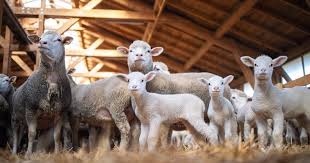
The management of lambs begins from birth and continues until they reach slaughter age.
1. General Observations Before Lambing
1. Gestation usually lasts about 150 days.
2. Approximately one week before lambing, the ewe exhibits signs such as milk production in the mammary glands and nervous or excited behavior.
3. A few hours before parturition, the ewe may expel a fluid-filled sac.
4. Twin births are common among ewes.
2. Steps for Lamb Care After Birth
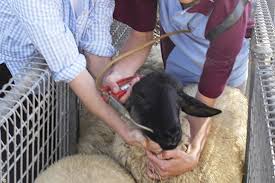
1. Ensure the lamb suckles within 15-20 minutes after birth. If this does not occur, assistance is required by guiding the lamb to the ewe’s teat.
2. Keep the ewe and lamb together for at least 24 hours to allow bonding.
3. The livestock manager should closely monitor the health of both the ewe and the lamb.
4. Provide the ewe with water, quality hay, silage, or freshly cut fodder.
Read Also: Diseases Fishes can get from Feeds
3. Pre-Weaning Management of Lambs
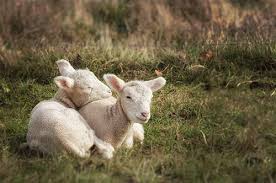
This stage covers about 2-5 months.
Steps for Pre-Weaning Care
1. Treat the lamb’s navel by dipping it in a 7% iodine solution to prevent infection.
2. Record the lamb’s details for farm records.
3. Provide creep feeding under intensive management conditions when ewes are lactating. The lamb’s feed should be separate from the mother’s.
Read Also: Hydroponics Guide 101: All You Need to Know About it

